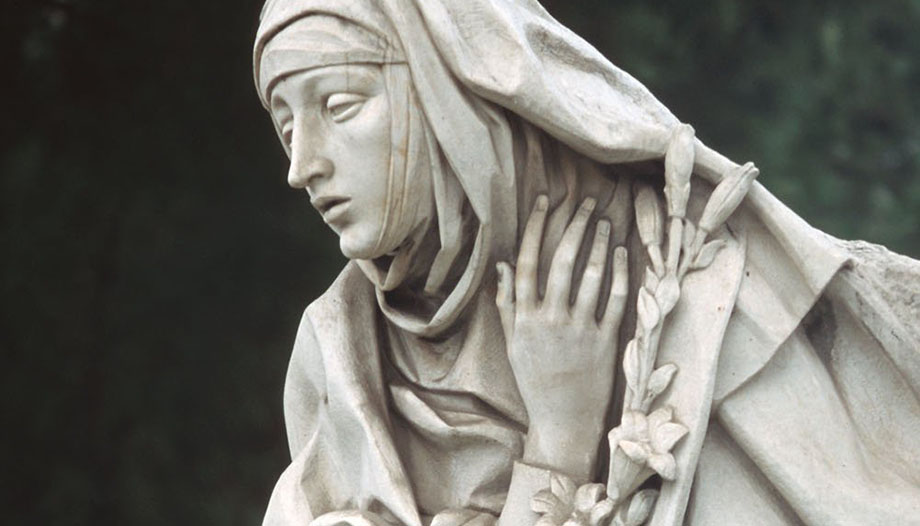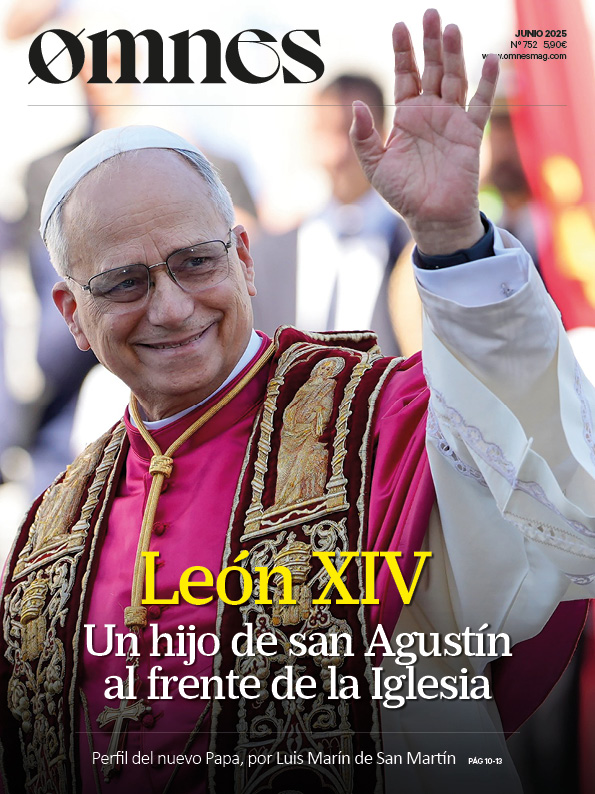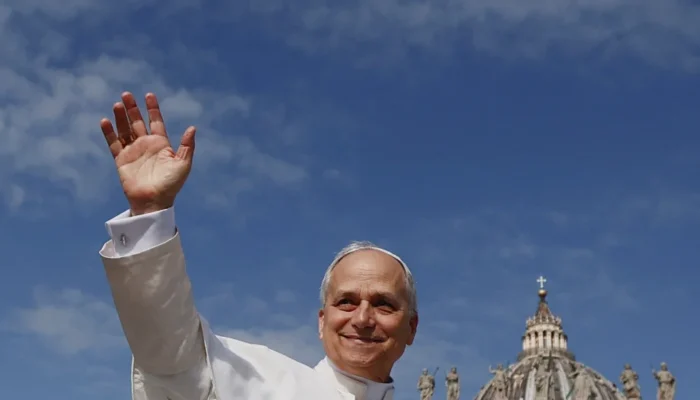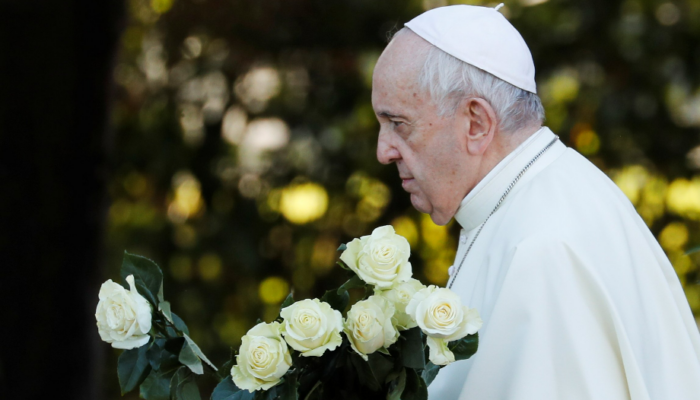Catalina Benincasa, known as St. Catherine of Sienawas born on March 25, 1347 in Siena (Italy), and died in Rome on April 29, 1380. In her adolescence she made a vow of virginity, which was not well received by her family. In 1363 she received the habit of the Third Order of St. Dominic, and from then on she strove to maintain a deep piety and devotion to Christ crucified.
Moved by her great love for God, her neighbor and the Church, Catherine began to write lettersalthough he had difficulty in writing. They were addressed to laymen and clerics nearby, and also to bishops, abbots and cardinals, and even to the Popes of his time. In his letters to the Popes is a filial and obedient love - he calls the Roman Pontiff 'il dolce Cristo in terra' - and asks for his return to Rome, peace and concord in the Papal States and a common effort to liberate the Holy Places and the Christians of the Holy Land.
He fought for the freedom and unity of the Church.
He traveled to Avignon with some friends in the year 1376, to present to Gregory XI what he had expressed in his letters. Then, in the tragic schism of the West, starting in September 1378, he fought with determination for the unit of the Church. His masterpiece is the 'Dialogo della divina Provvidenza', dictated on his visions in the last years of his life.
She was buried in the Basilica of Santa Maria sopra Minerva and elevated to the altars by Pius II in 1461. Pope Pius XII declared her patroness of Italy (with St. Francis of Assisi). St. Paul VI declared her a Doctor of the Church (together with St. Teresa of Jesus) in 1970. And St. John Paul II proclaimed her in 1999 co-patroness of Europe (with St. Benedicta of the Cross, Edith Stein), and St. Bridget of Sweden.
The liturgy also celebrates on April 29 St. Hugh of Cluny, whose abbey he ruled for 61 years, the married Korean layman and martyr, St. Anthony Kim Song-u, and the bishop of Naples, St. Severus, among others.








